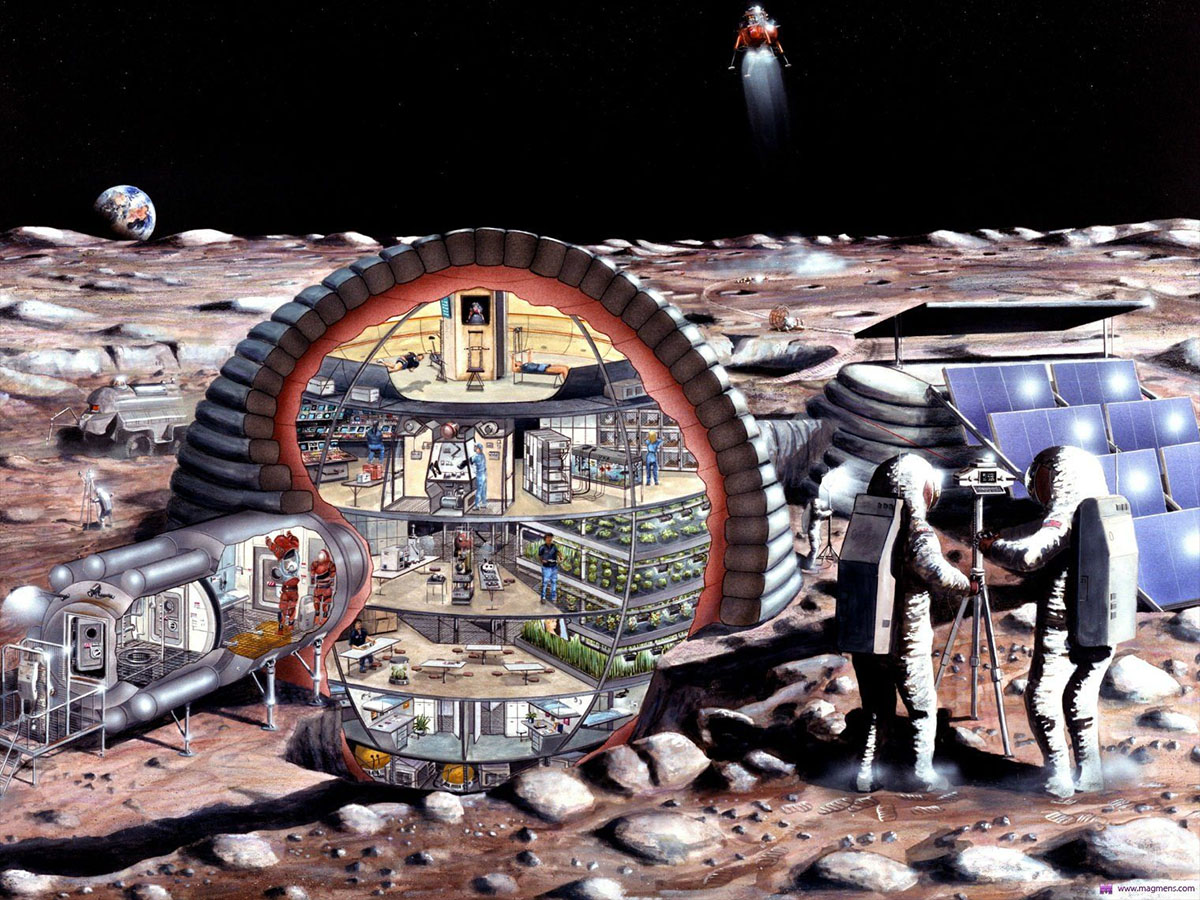the next space race

A recent article in Time Magazine announces a new space race. United States, China, India, Japan and the members of the ESA, it says, have their sights set on the Moon. Unlike the competition between the US and the USSR, this isn’t as much of a race as a test of technology. It’s not about who gets there first. Rather, it’s about who can get there and stay the longest. Like the original space race, it’s more about politics, bragging rights and national pride than the science.
Maybe its good that the new lunar race also has a political subtext. After all, the lofty ambitions of the USSR are what motivated the US to design a focused space program. The first man-made object in space being a Soviet satellite and the first human in space a Soviet test pilot, changed the education system in the U.S., prompting the government to pour tens of billions of dollars into scientific endeavors. Maybe the threat of China or the ESA upstaging American superiority in space will cause another scientific reawakening.
But exploration for the sake of flag planting can be problematic for the longevity and focus of the expeditions. Today, China and the ESA are set on reaching the Moon. Tomorrow, that may change. In today’s economically fragile times, another big stock slide could shelf all the grand plans of today. And in its haphazard rush to get back to the Moon before everyone else, could NASA skimp on the science?
Other than mining Helium 3 as a fuel for nuclear fusion and dress rehearsals for a future Mars mission in our backyard as pointed out in the article, we have other good reasons to go to the Moon. Living in zero G like the astronauts on the ISS, does a lot of damage to the human body. The heart shrinks, muscles atrophy and bones become brittle. Astronauts who stay on space stations for months on end have to spend much of their time on exercise machines. That cuts into how many experiments can be run at the same time and how much work can be done on a mission.
The Moon offers a sixth of the gravity and a lunar base would allow astronauts to stay in space longer and run more experiments at the same time. It would also be easier on their bodies and give them the kind of creature comforts they can’t have in orbit. The low gravity would also let us launch far bigger payloads to other planets. Until we can make relativistic rockets, the Moon would let us assemble and launch craft six times bigger than we can send from Earth and with much less difficulty than putting them together in orbit.
If we embrace the competitive spirit of an international contest but keep in mind that the Moon can become a perfect launch pad for future space exploration and replace the cramped space stations of today, the next space race could give us the tools, resources and skills to travel to Mars and beyond. It would also create tens of thousands of jobs for engineers and scientists, boost R&D budgets and usher in a new era of innovation. Of course, that will only happen if we actually stick to our goals and keep our eyes on the future prize…





